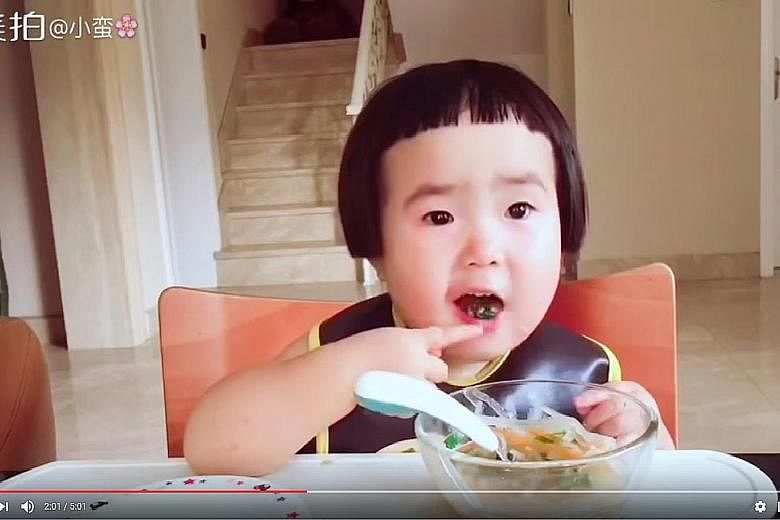You may not be surprised to learn that food preference is a social matter. What we choose to eat depends on more than just what tastes good or is healthful.
People in different cultures eat different things and within a culture, what you eat can signal something about who you are. More surprising is that the sociality of food selection runs deep in human nature.
In research published in the Proceedings of The National Academy Of Sciences this month, my colleagues and I showed that even one-year-old babies understand that people's food preferences depend on their social or cultural group.
We found that babies' thinking about food preferences is not really about food per se. It is more about the people eating food and the relationship between food choice and social groups.
While it is hard to know what babies think before they can talk, developmental psychologists have long noted that babies' visual gaze is guided by their interest. Babies tend to look longer at something that is novel or surprising.
Using this method, psychologists Zoe Liberman, Amanda Woodward, Kathleen Sullivan and I conducted a series of studies.
We showed more than 200 one-year-olds (and their parents) videos of people visibly expressing like or dislike of foods.
For instance, one group of babies saw a video of a person who ate a food and expressed that she loved it. Next, they saw a video of a second person who tried the same food and also loved it. The babies did not look at this second video for very long - it was what they expected.
But when they saw the second person do something less expected - hating the same food that the first person loved - the babies looked much longer. In this way, we were able to gauge infants' patterns of generalisation from one person to another.
If babies see someone like a food, do they think that other people will like it too? If so, do they think that all people will like the same foods, or just some people?
We found some surprising patterns. If the two people acted as if they were friends or spoke the same language, the babies expected them to prefer the same foods. But if the two people acted as if they were enemies or spoke two different languages, the babies expected that they would prefer two different foods.
It was as if cultural lines were being drawn. And in the babies' minds, there seemed to be something special about the link between culture and food. When the babies saw people liking and disliking inedible objects, we did not observe the same results.
There are some things that are disgusting to all humans, regardless of culture. Do babies intuitively know this?
Indeed, they seem to. When the babies saw a person act disgusted from eating a food, they expected that a second person would also be disgusted by it, regardless of whether the two people were in the same social group.
We also discovered what babies identify as meaningful cultural differences.
Babies from monolingual English-speaking homes saw language as a marker of different cultures - if two people spoke two different languages, the babies expected them to prefer two different foods.
But babies from bilingual homes assumed that two people who spoke different languages would like to eat the same things. Thus babies have the potential to learn different things about the foods and people around them, depend- ing on their social environments.
Parents of young children may want to take note of our findings. Infants are not just learning to eat the foods they are given; they are also learning by watching adults eat and figuring out who eats what foods with whom.
By introducing babies to social contexts in which adults make healthful food choices, parents may help kids learn the cultural norms of healthful eating themselves.
NEW YORK TIMES

